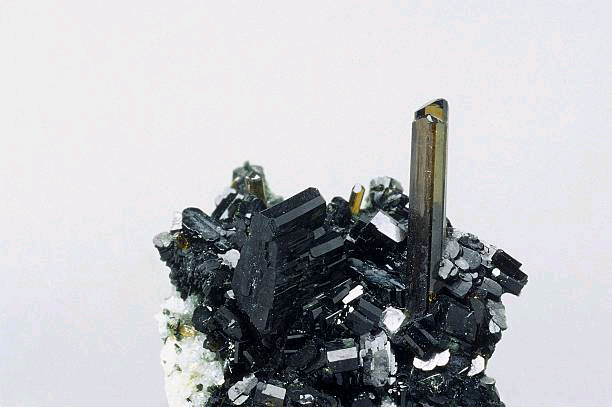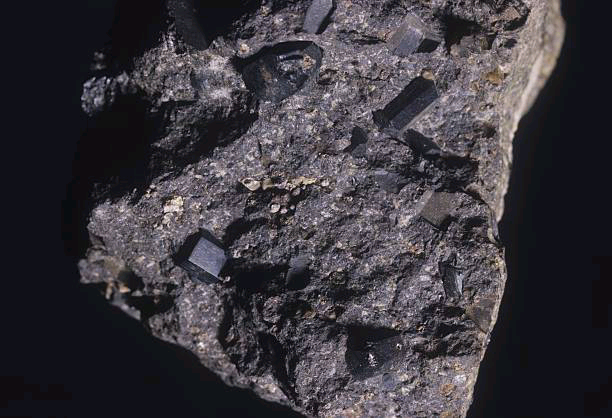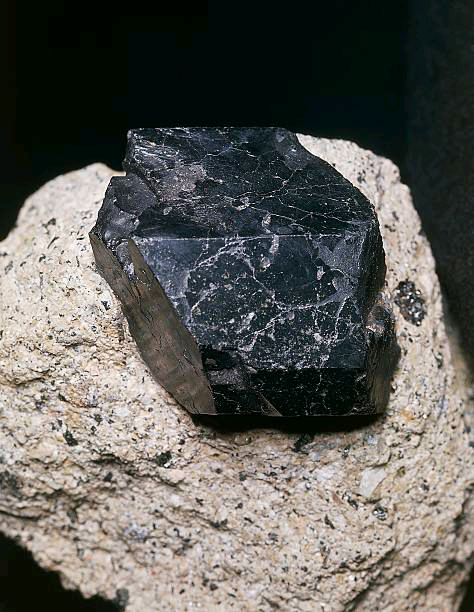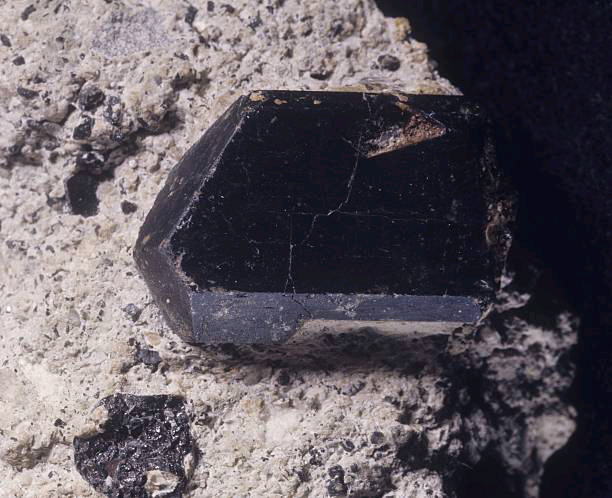What's Augite?
Augite is a gemstone- forming mineral that generally occurs in mafic and intermediate igneous jewels similar as basalt, gabbro, andesite, and diorite. It's plant in these jewels throughout the world, wherever they do. Augite is also plant in ultramafic jewels and in some metamorphic jewels that form under high temperatures.
Augite has a chemical composition of (Ca, Na) (Mg,
Fe, Al) (Si, Al) 2O6 with numerous paths of solid result. Generally associated
minerals include orthoclase, plagioclase, olivine, and hornblende.
Announcement
Augite is the most common pyroxene mineral and a member of the clinopyroxene group. Some people use the names"augite"and"pyroxene"interchangeably, but this operation is explosively discouraged. There are a large number of pyroxene minerals, numerous of which are distinctly different and easy to identify. Augite, diopside, jadeite, spodumene, and hypersthene are just a many of the distinctly different pyroxene minerals.
Physical Properties of Augite
Augite is generally green, black, or brown in
color with a translucent to opaque diaphaneity. It generally exhibits two
distinct fractionalization directions that cross at slightly lower than 90
degrees. A hand lens is frequently demanded to duly observe the
fractionalization, especially in fine-granulated jewels.
Light
reflecting from fractionalization shells and clear faces of augite produces a
vitreous luster, while light striking other shells produces a dull luster.
Augite has a Mohs hardness of5.5 to 6. Its specific graveness of 3.2 to3.6 is
advanced than utmost other minerals in the jewels in which it occurs.
|
Physical Properties of Augite |
|
|
Chemical
Classification |
A
single chain inosilicate |
|
Color |
Dark
green, black, brown |
|
Streak |
White
to gray to very pale green. Augite is often brittle, breaking into splintery
fragments on the streak plate. These can be observed with a hand lens.
Rubbing the debris with a finger produces a gritty feel with a fine white
powder beneath. |
|
Luster |
Vitreous
on cleavage and crystal faces. Dull on other surfaces. |
|
Diaphaneity |
Usually
translucent to opaque. Rarely transparent. |
|
Cleavage |
Prismatic
in two directions that intersect at slightly less than 90 degrees. |
|
Hardness |
5.5
to 6 |
|
Specific
Gravity |
3.2
to 3.6 |
|
Diagnostic
Properties |
Two
cleavage directions intersecting at slightly less than 90 degrees. Green to
black color. Specific gravity. |
|
Chemical
Composition |
A
complex silicate. |
|
Crystal
System |
Monoclinic |
|
Uses |
No
significant commercial use. |
Uses of
Augite
Augite doesn't have any physical, optic, or chemical parcels that make it especially useful. It's thus one of the many minerals that has no marketable use. The calcium content of augite has been plant to be of limited use in studies of the temperature history of igneous jewels.
Extraterrestrial Augite
Augite is a mineral that has been plant beyond Earth. It's a common mineral of lunar basalts. It has also been linked in numerous gravestone meteorites. Some of these meteorites are allowed to be pieces of Mars or the Moon that were launched into space by large impact events.




